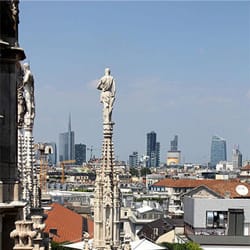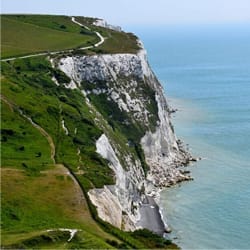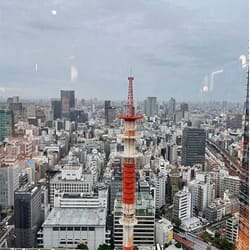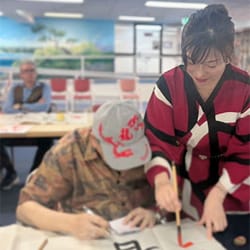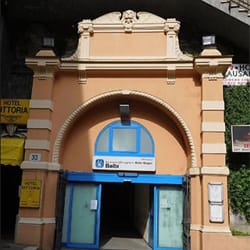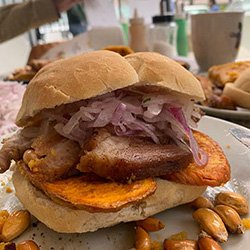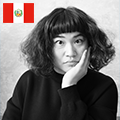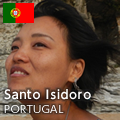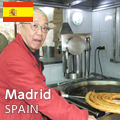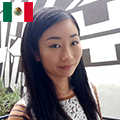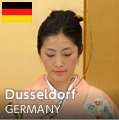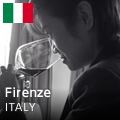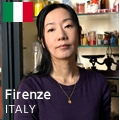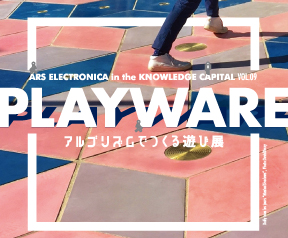All the same, why is the name "Kuroshio" in Spain’s theme? It is probably because during the Age of Discovery, Spain shared the world's maritime supremacy with neighboring Portugal, and the Kuroshio is the ocean current that was absolutely key to the history of the Spanish Empire’s ties with Japan and beyond into the East Asian region.
The Spanish adventurer, Friar Andrés de Urdaneta, discovered this great current which runs northward from the waters of Luzon Island in the Philippines, passes along the coast of Taiwan, turns eastward near Japan, and reaches the American continent. It is said that he discovered this ocean current on his return trip from the Philippines, which in 1565 had recently become a Spanish territory, to Mexico, which was known in those days as Nueva España (New Spain), and he called this current the “tornaviaje” (return route). The starting point of this sea route is the Kuroshio Current, which flows north close to the coast of Japan. In the 250 years after Friar Urdaneta, galleys sailed back and forth, and much wealth was sent back and forth between Spain and Asia via Mexico. Figure 1 shows the North Pacific Circuit.

図1
The first Japanese to sail to Europe are said to have been the members of the Tensho Embassy in 1582, whose voyage took them westward from Japan via India and Africa, but the following embassy, the Keicho Embassy to Europe led by Hasekura Tsunenaga, reached Europe via Mexico in 1613 using the Kuroshio and tornaviaje routes heading east. Reflecting that history, the entrance to the Spanish Pavilion dynamically expresses the connections between Spain and Japan in the forms of the oceans and the sun, a common denominator between Spain, which was once called the "empire on which the sun never sets," and Japan, the "land of the rising sun." Photos 2 and 3 show that day and night: the vast ocean on the sun rising from the sea and setting into the sea.

写真2

写真3
Firstly, the exhibitions start with historical items related to Japan, and Spain's commitment to marine resources, while on the food and beverage side of things, Spanish products are on display and available to buy. In addition, as shown in photos 4 and 5, the restaurant also offers a special course meal that brings together specialty dishes from the 17 Spanish provinces on the Iberian Peninsula and the two autonomous cities on the northern coast of the African continent, all presented in a simple “pincho tapas” style.

写真4

写真5
What caught my eye here was a specialty dish from Valencia, which I thought would be paella, which has obtained citizenship in Japan too, but it was the Valencian soul drink, “horchata.” It looks like soy milk or thick cloudy water from washing rice. It is made from the rhizomes of a plant called “chufa.” It's not that popular in Spain, except in Valencia, and is a non-alcoholic drink that would be difficult to find in Japan, so be sure to try it if you ever get the chance.










